.Neurofeedback is a guided exercise for the brain. It is actually a learning modality designed to retrain dysregulated brainwave patterns. It is in essence biofeedback for the brain. The goal of all neurofeedback is to transform an unhealthy, dysregulated brainwave imbalance into a normal, healthy, organized pattern. Neurofeedback helps to improve the brain’s ability to self-regulate, maintain flexibility, and smoothly shift between states of relaxation and arousal. By doing this, the brain becomes more stable and is able to operate optimally and efficiently. It is completely noninvasive and is considered by the Food and Drug Administration to be safe. Published scientific research has demonstrated neurofeedback’s efficacy in managing many neurological conditions such as ADHD, Migraines, Insomnia, Chronic Pain, Post Stroke Syndrome, PTSD, Anxiety, Depression and Panic Attacks. Retraining the brain allows the entire Central Nervous system to resume normal functioning since the brain controls attention regulation, emotional regulation, and affect regulation.
If one part of the brain is out of kilter, the effects can ripple out causing a range or 'cluster' of symptoms. In most cases, a cluster of symptoms has a similar root cause. By looking at your unique brain map and the electrical patterns generated by the brain to see the nature of the imbalance, dysregulation or disorder, we can tailor your training to specifically target the underlying dysregulations. Brainwave dysregulation is a condition that results from physical, chemical and emotional or mental stress as well as some genetic predispositions.

Neurofeedback takes advantage of the brain’s ability to change itself through a process known as neuroplasticity. It utilizes the same learning process that occurs whenever we acquire a new skill. The brain learns by forming connections between nerve cells and utilizing important pathways that connect different locations in the brain. The more frequently you utilize these pathways the better the brain becomes at performing the associated task. In psychology, this type of learning is called “Operant Conditioning”. It is a type of learning in which responses come to be controlled by their consequences. Quite simply, Neurofeedback offers the perfect learning conditions, since it facilitates awareness of when the brain is producing healthier brainwave patterns, provides reinforcement for the positive change and multiple opportunities to provide practice during a training session.

